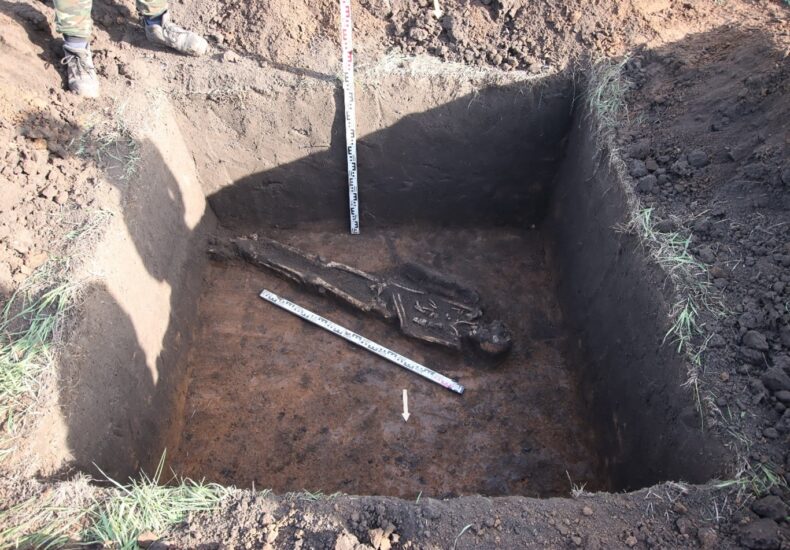
Archaeological Complex of the Golden Horde Period unearthed in Tatarstan
During historical and cultural studies conducted in the Alekseevski municipal district of Tatarstan, an archaeological complex consisting of two burial grounds and a settlement from the Bulgar-Golden Horde period was discovered. This complex, comprising “Sakon Cemetery I,” “Sakon Cemetery II,” and “Sakonskoye Settlement IV,” offers a glimpse into the lives and burial practices of medieval people.
Within the designated territory of these monuments, artifacts related to pre-Mongol Bulgar, Golden Horde, and Chiyalik culture monuments were found, including numerous fragments of circular and molded ceramics, bone fragments, and a significant amount of human bone remains. Traces of human burials were also identified in pits.
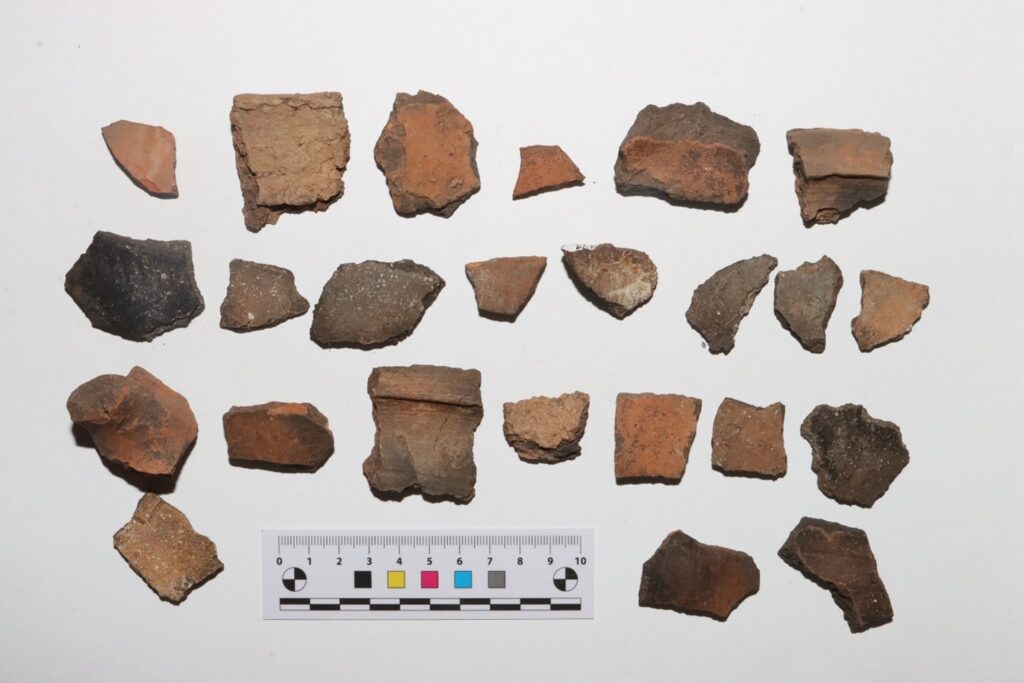
The materials obtained during the research were provisionally dated to the 10th-14th centuries by scientists, who compared them with materials from nearby settlements. Additionally, ceramics and individual finds from the New Age (late 19th – early 20th century) were uncovered in the southern part of the complex.
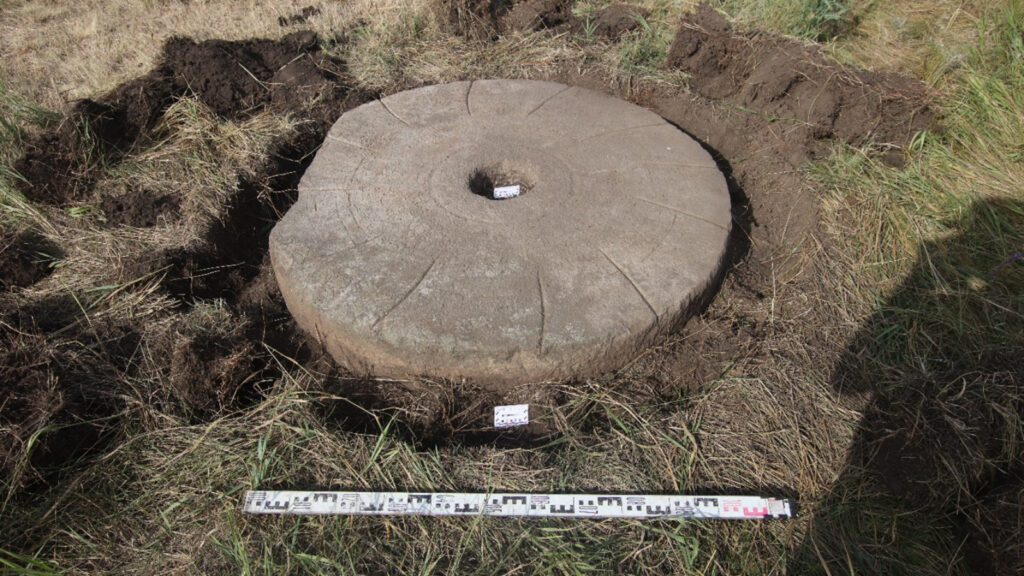
Archaeological investigations were carried out as part of the preparation of a road reconstruction project, at the request of the Committee for the Protection of Cultural Heritage of the Republic of Tatarstan.
📣 Our WhatsApp channel is now LIVE! Stay up-to-date with the latest news and updates, just click here to follow us on WhatsApp and never miss a thing!!
Ivan Gushchin, Chairman of the Committee for the Protection of Cultural Heritage of Tatarstan, stated that the discovered archaeological artifacts will be placed under state protection. Currently, activities are being developed to ensure the preservation of these newly discovered archaeological heritage sites.
Cover Photo: Protection of Cultural Heritage of the Republic of Tatarstan
You may also like
- A 1700-year-old statue of Pan unearthed during the excavations at Polyeuktos in İstanbul
- The granary was found in the ancient city of Sebaste, founded by the first Roman emperor Augustus
- Donalar Kale Kapı Rock Tomb or Donalar Rock Tomb
- Theater emerges as works continue in ancient city of Perinthos
- Urartian King Argishti’s bronze shield revealed the name of an unknown country
- The religious center of Lycia, the ancient city of Letoon
- Who were the Luwians?
- A new study brings a fresh perspective on the Anatolian origin of the Indo-European languages
- Perhaps the oldest thermal treatment center in the world, which has been in continuous use for 2000 years -Basilica Therma Roman Bath or King’s Daughter-
- The largest synagogue of the ancient world, located in the ancient city of Sardis, is being restored

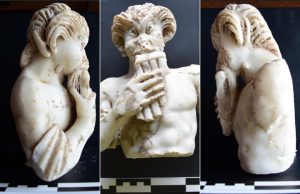
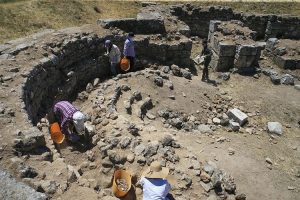
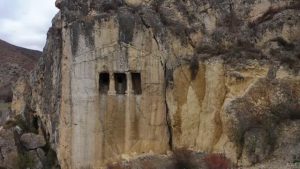
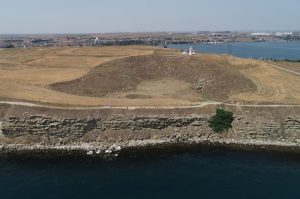
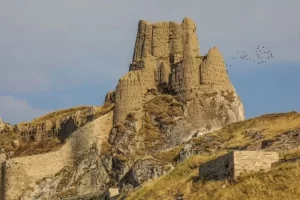
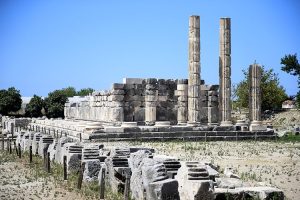
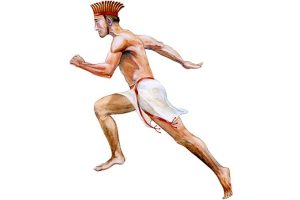

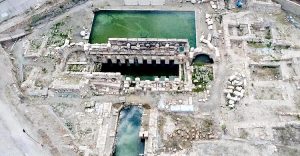
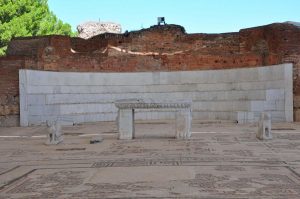
Leave a Reply